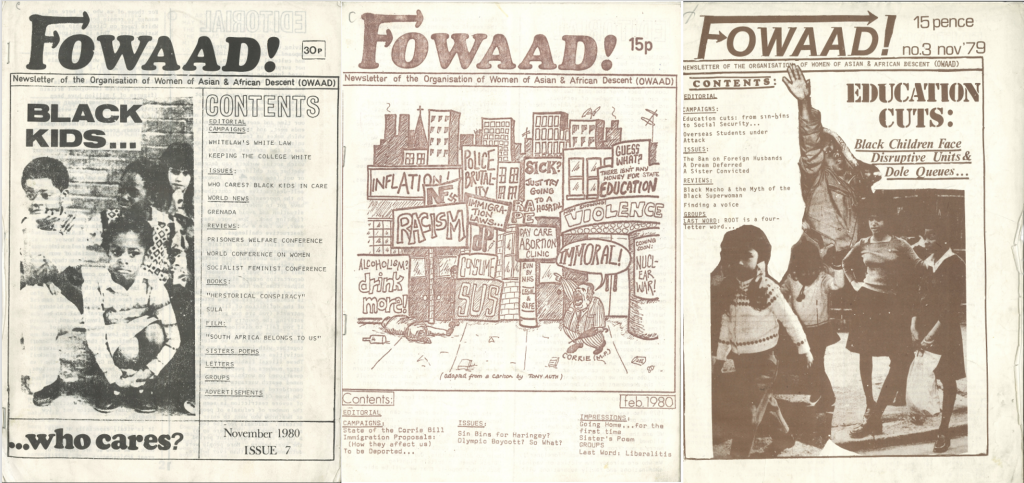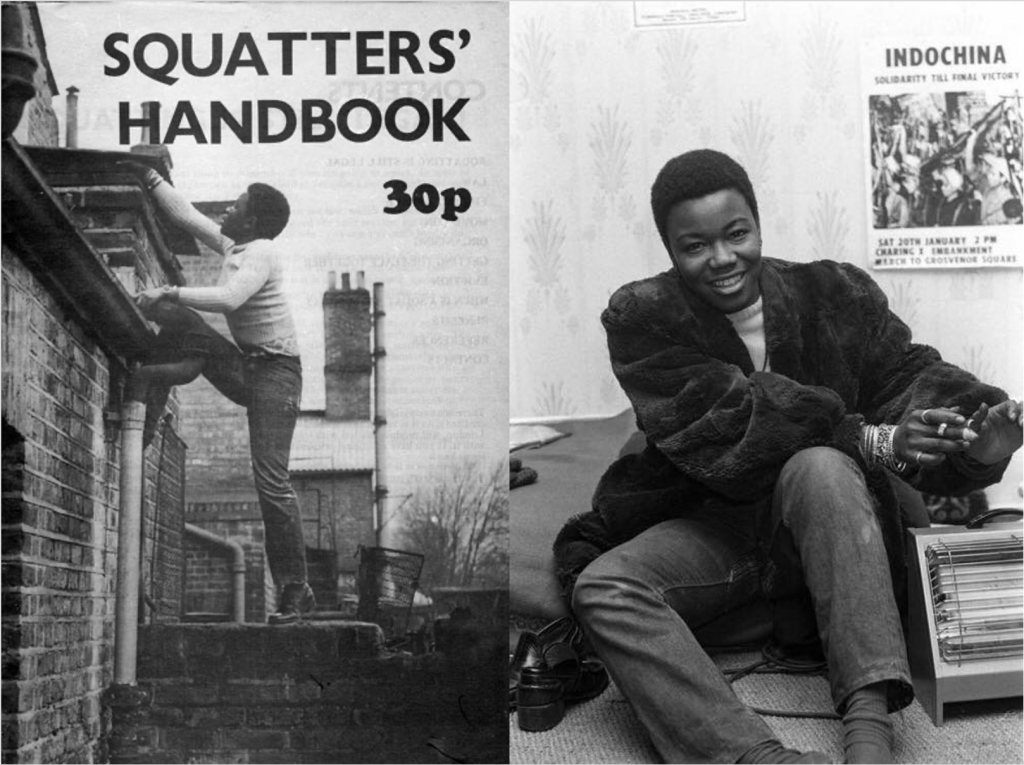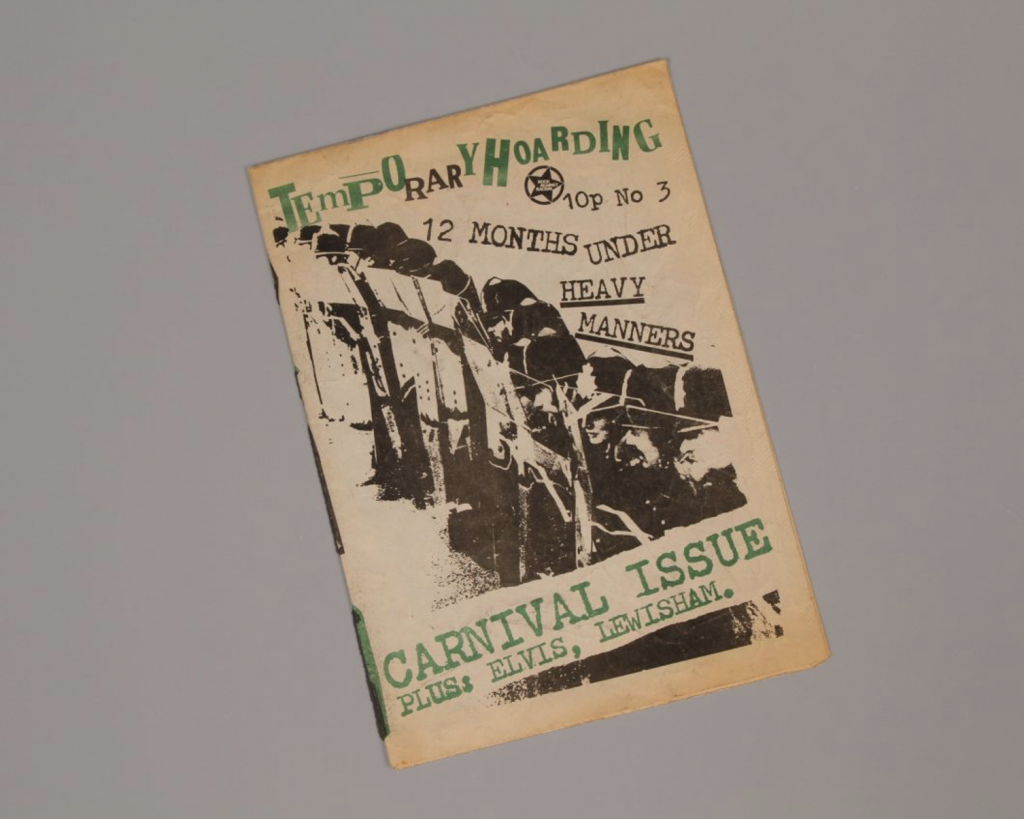Introduction to Photography Lecture
Zine Making: an Alternative Anti-Racist History
In our Introduction to Photography unit, students are expected to produce a zine based on a theme set by someone in the creative industries. This intervention builds on the experiences and challenges of leading the unit last academic year.
The established and widely acknowledged history of zine making traces its roots to a (mostly) white countercultural movement, particularly skateboard and punk scenes in 1980s California and other liberal West Coast US states.
However, in 1960s and 70s London, several radical anti-racist pamphlets were being published and distributed.
Key figures include Olive Morris, a member of OWAAD, which published FOWAAD!, and the Black Women’s Group Brixton, which published Speak Out!.
Other significant titles include The Squatters Handbook and Temporary Hoardings.
Given the long-standing political and social use of zines by the Left (see Glasgow Zine Library and Printed Matter), it is fair to argue for an alternative history that roots zine making in the radical anti-racist communities and cooperatives of London.
I will produce a lecture titled Zinemaking: an Alternative Anti-Racist History that will begin with the established history of zine making and then present this alternative. It will be the first lecture that students on the photography programme receive.
Format of Lecture
- Social media videos of people saying zines started with punk movements in the US
- Presentation of alternative historical examples
- Exploration of modern anti-racist zines
Follow-Up Seminar Task
- Use the Glasgow Zine Library and Printed Matter websites to research zines you like
- Discuss what you like about them
- Make a zine from a single sheet of paper
Debrief
- A 5-minute talk on how information is presented on social media and the importance of research
Set task: make a zine for next week on any topic you truly care about




2 responses to “INCLUSIVE PRACTICES: INTERVENTION”
The intervention surfaces questions around visibility, power and memory in relation to race and cultural production. Suggestions and questions that may help you develop the intervention further pertain to intersectionality, create critical distance from archives and build in students’ reflexivity.
In the lecture’s juxtaposition of dominant US-based narratives with underrepresented UK-based anti-racist zine histories it may be valuable to invite students to reflect not only on the origins of what they believe to be “zine culture,” but also on why certain histories become dominant. This could lead to critical discussions on how knowledge is mediated by platforms like TikTok, YouTube, or even zine libraries and institutional archives.
A useful prompt might be: Whose voices are centred in the zine history you already knew? How did you come to know that history? This gives students a starting point for considering their own positionality in relation to cultural knowledge.
You may also want to incorporate a brief discussion about how materials are selected for preservation by institutions like Glasgow Zine Library or Printed Matter. What makes something archive-worthy, and who decides? This critical lens can extend students’ awareness of how power operates in the curation of cultural histories. Moreover, consider how you might encourage critical engagement from those who may not immediately see their positionality as relevant to the task.
Critical history and intersectionality explored through this visual and physical media sounds super engaging! Looking forward to hearing how it goes.
Thank you for this thoughtful and generous response. You’ve picked up on exactly the questions I hoped the intervention would raise, especially around visibility, cultural memory, and whose stories get centred.
I really appreciate the suggestion to ask students where their understanding of zine culture comes from. The prompt you offered is a great way to open up discussion about dominant narratives and how platforms like TikTok or YouTube shape what we think of as history.
Your point about archives is also really useful. I mentioned collections like Glasgow Zine Library and Printed Matter briefly, but I agree there’s more scope to explore how materials are selected and what that says about power. Framing it around what becomes archive-worthy, and who decides, would add depth to the conversation.
I also take your point about encouraging critical engagement from those who may not immediately see themselves in the task. That’s something I’ll continue to work on as the project evolves.
Thanks again for this helpful feedback. I really appreciate it.